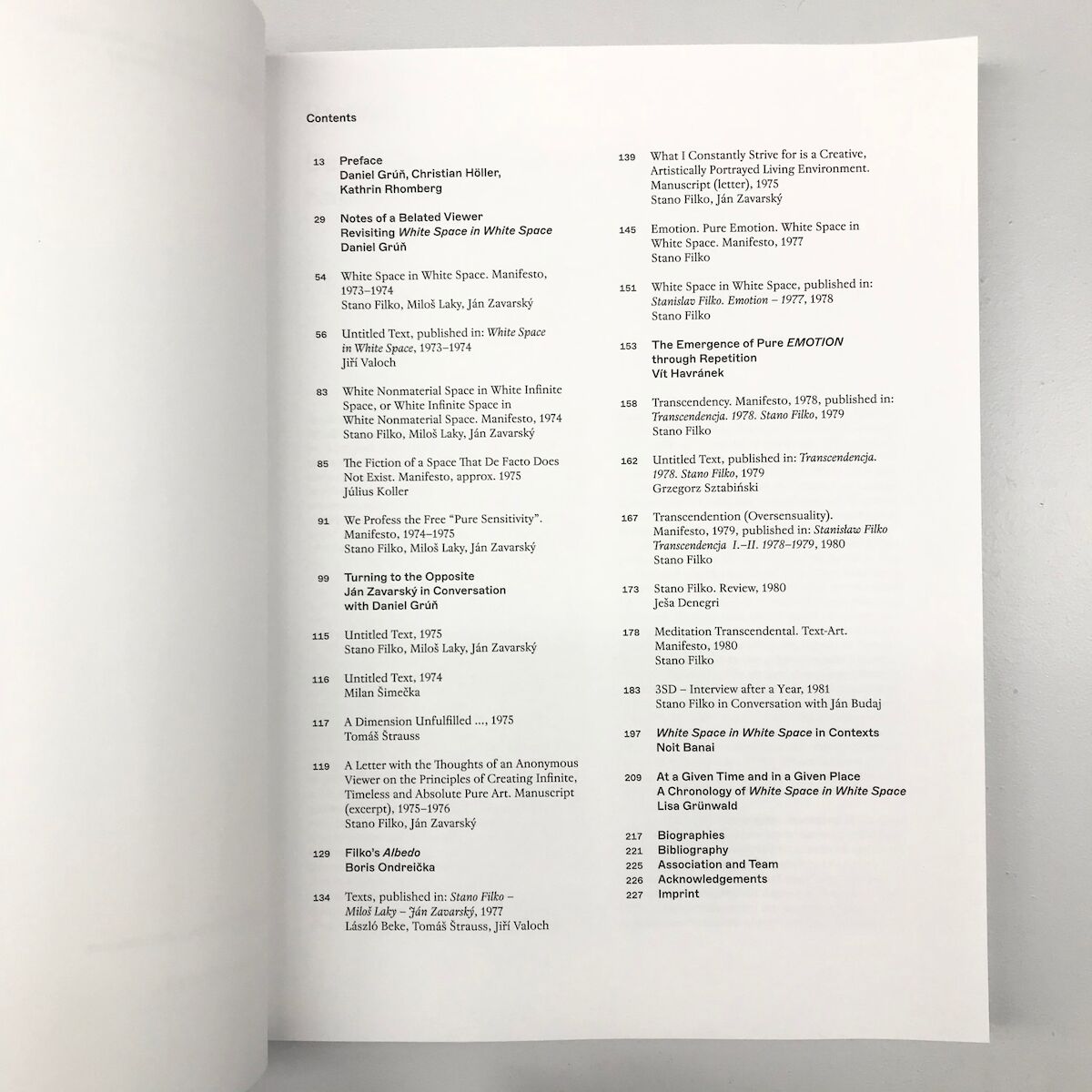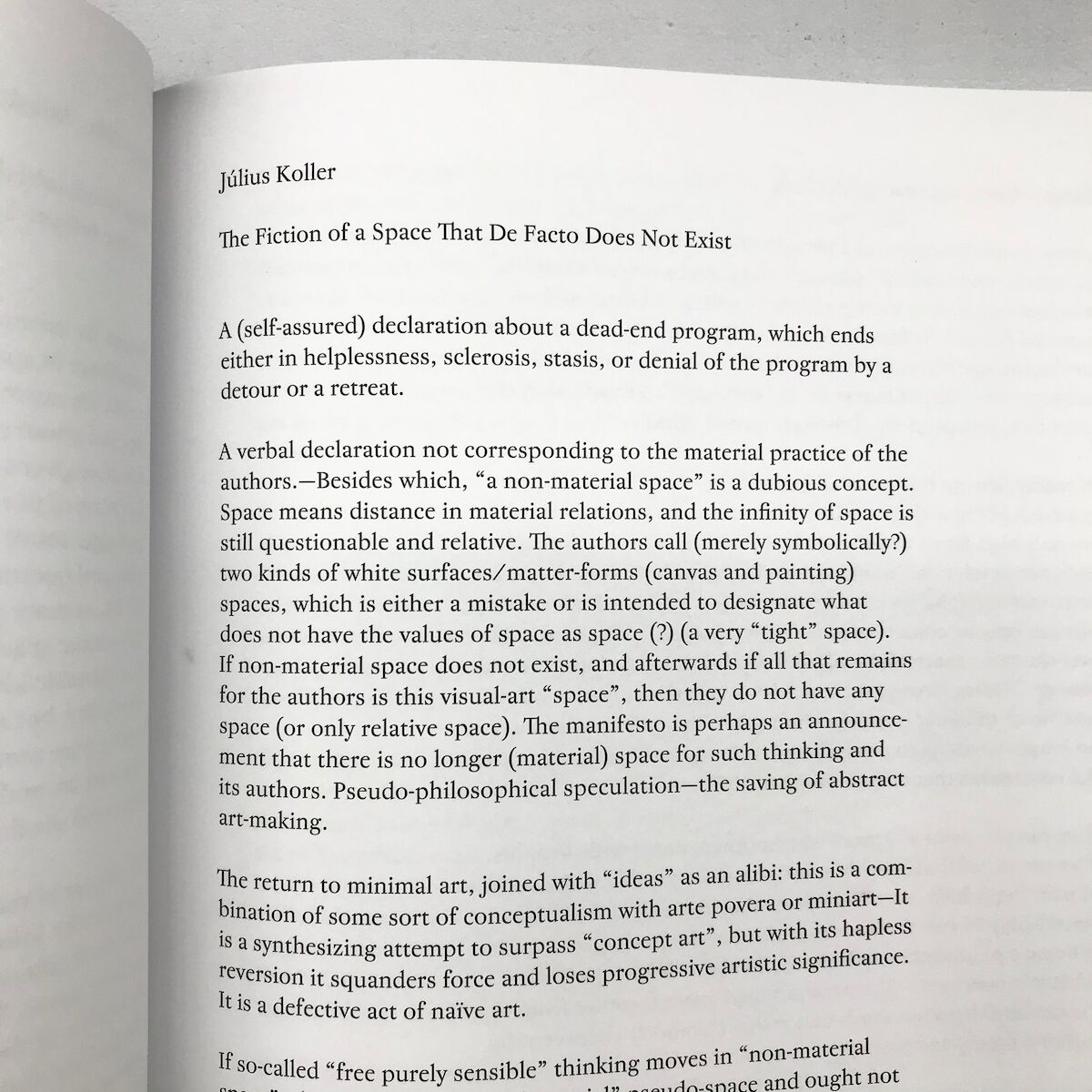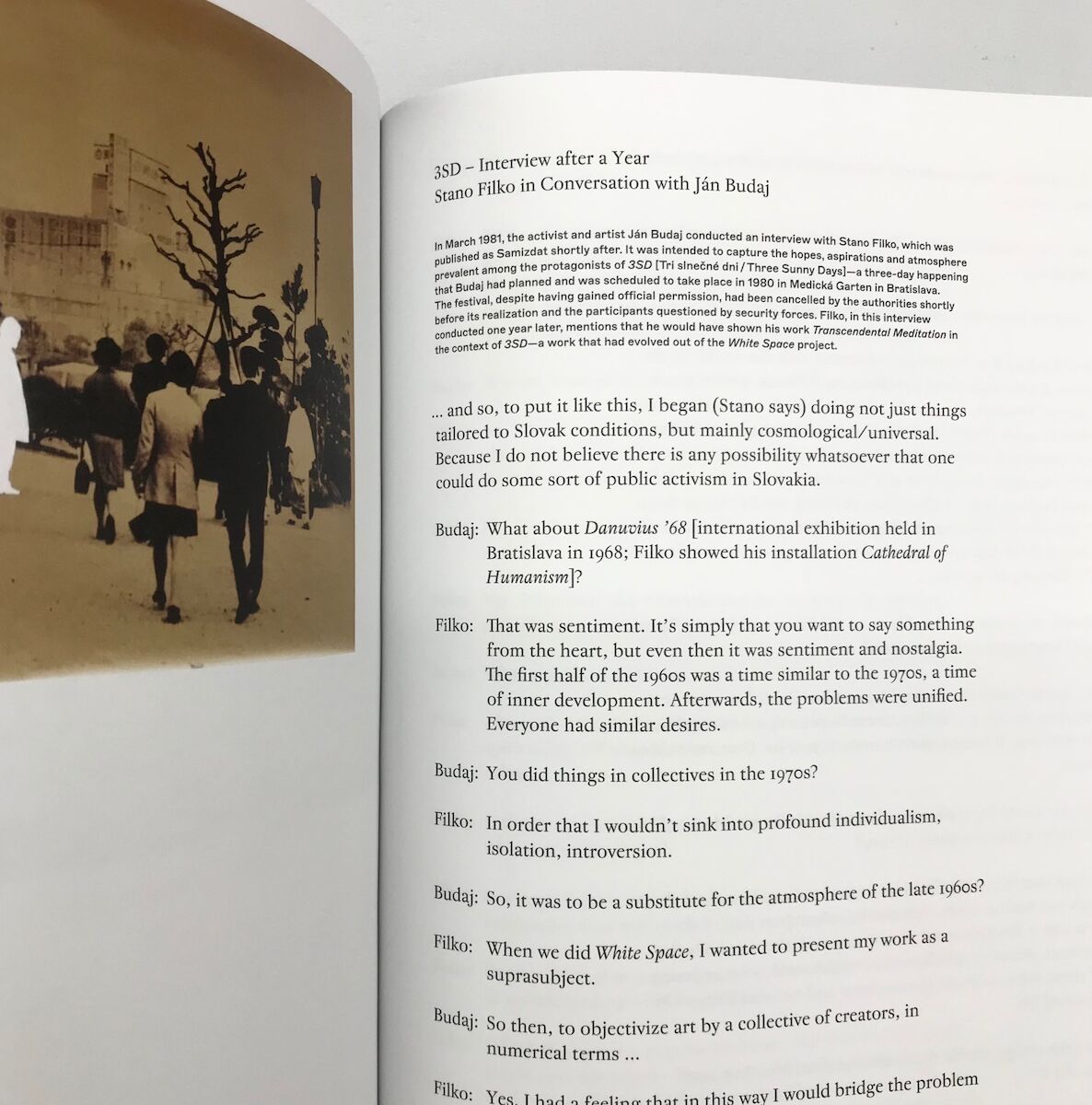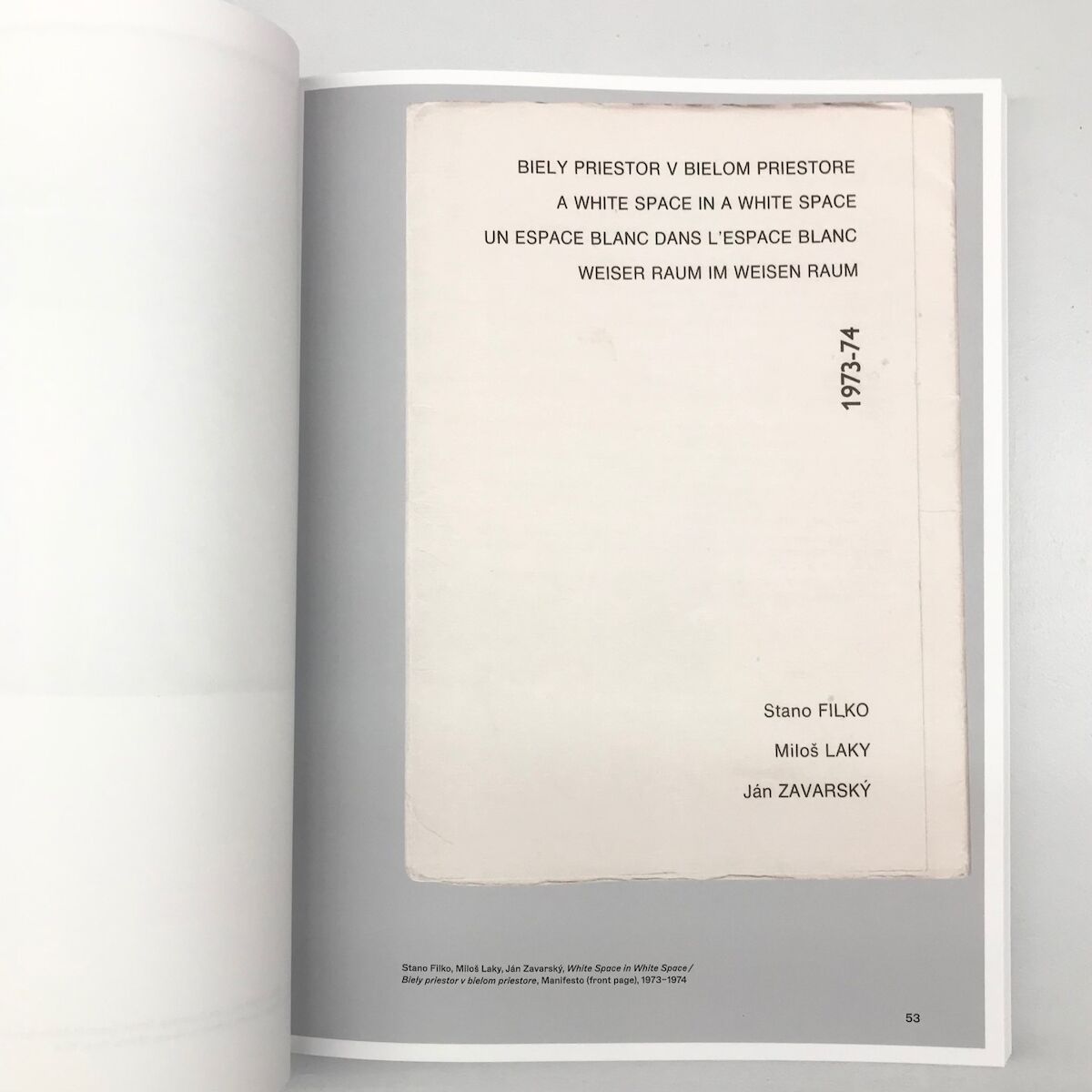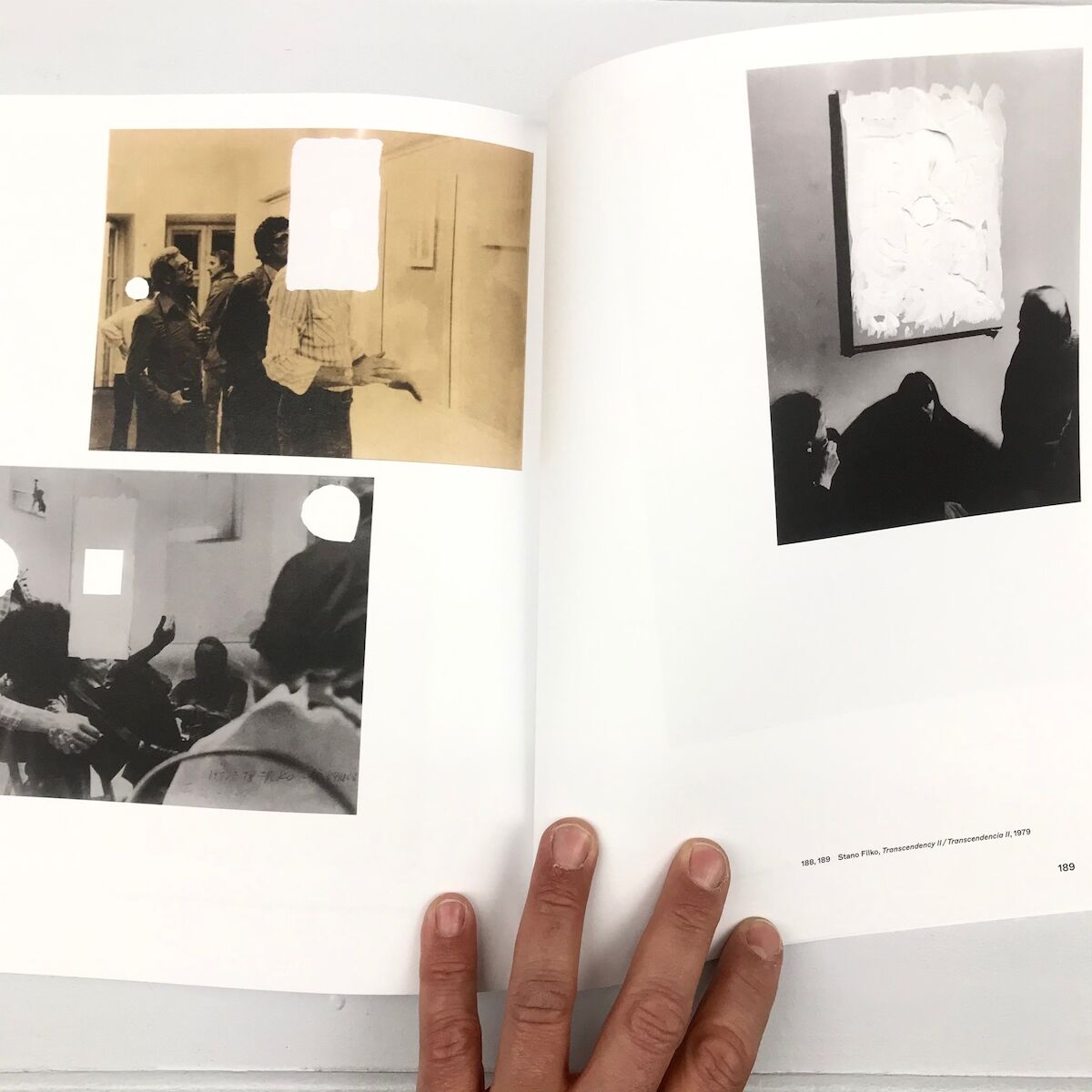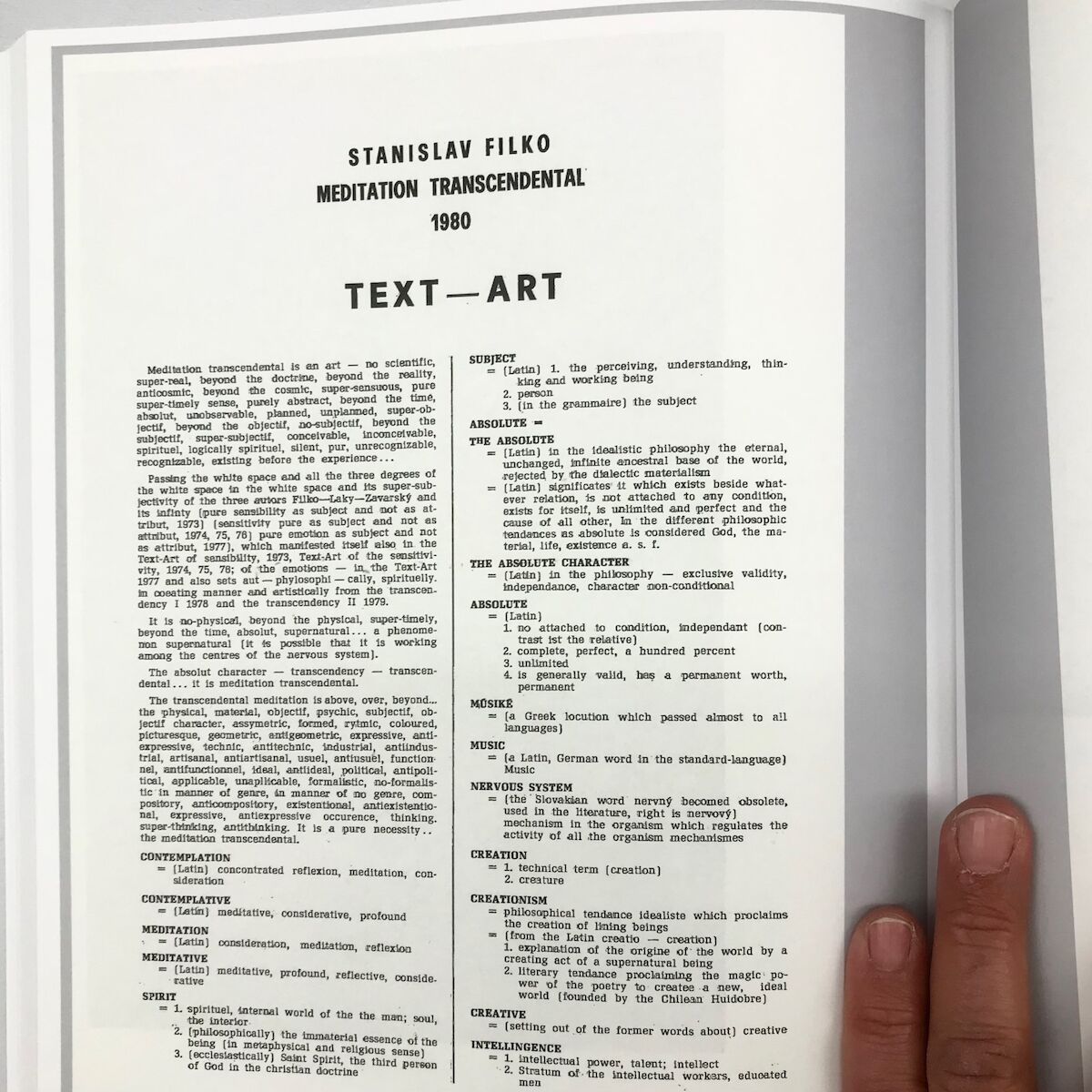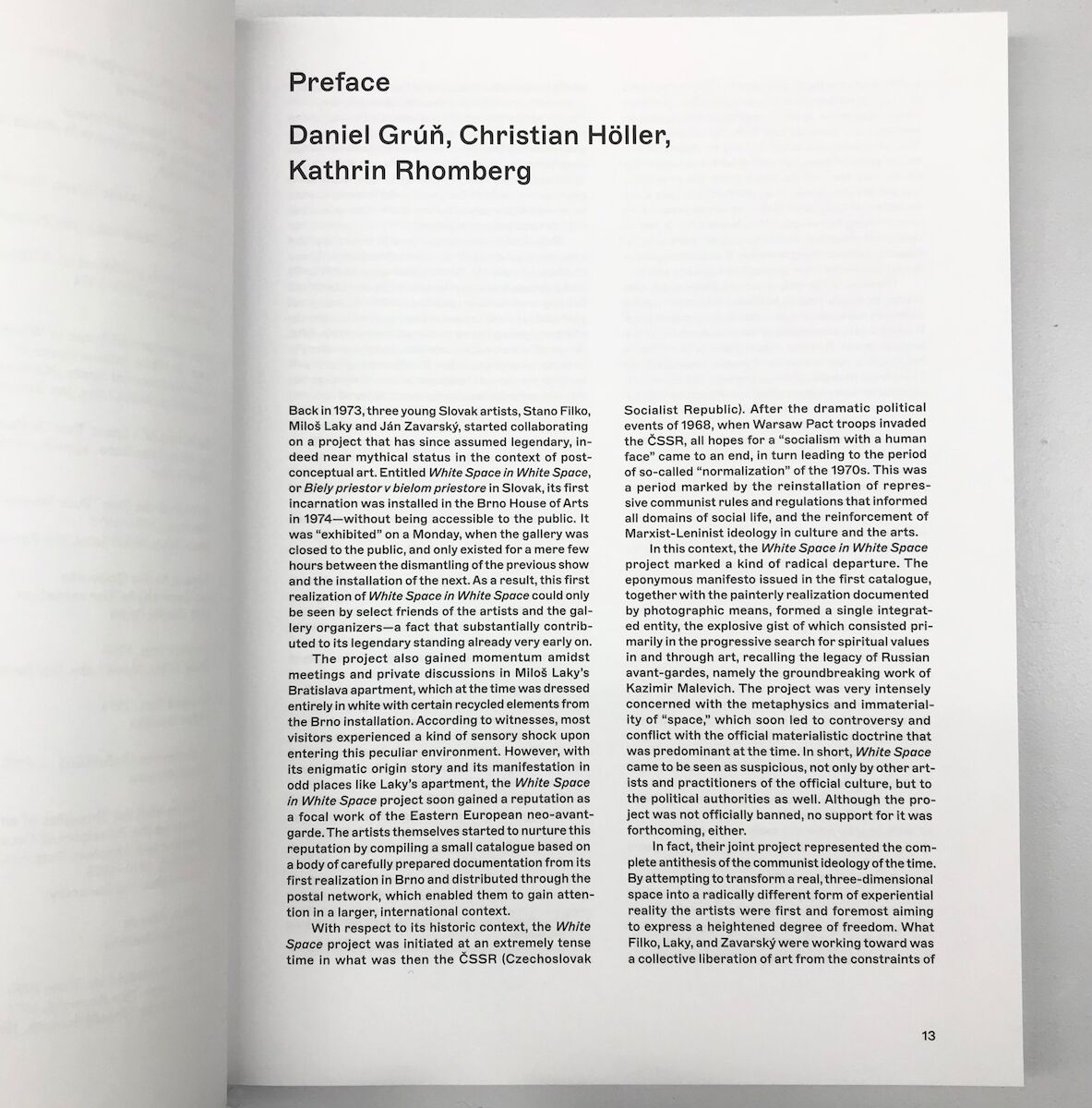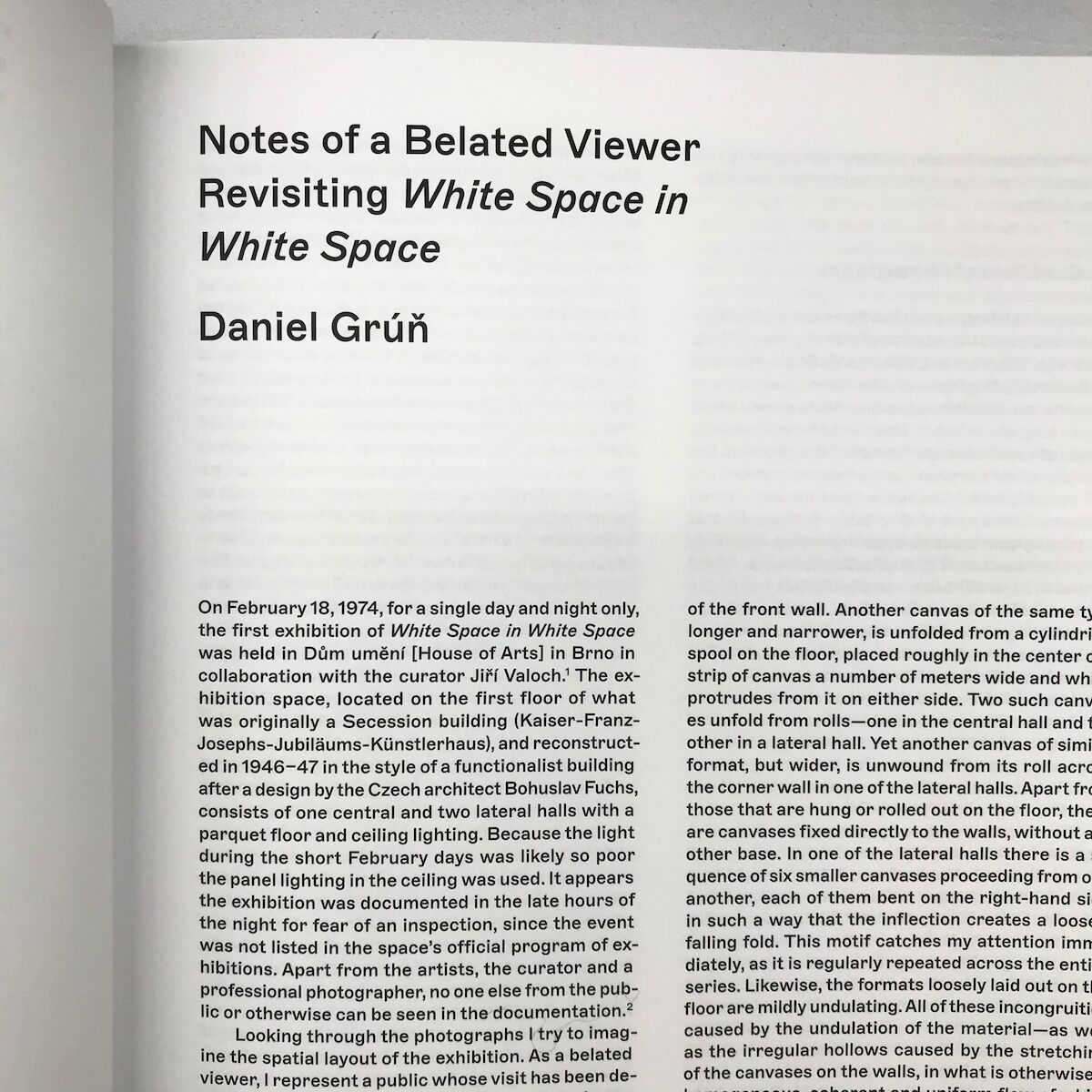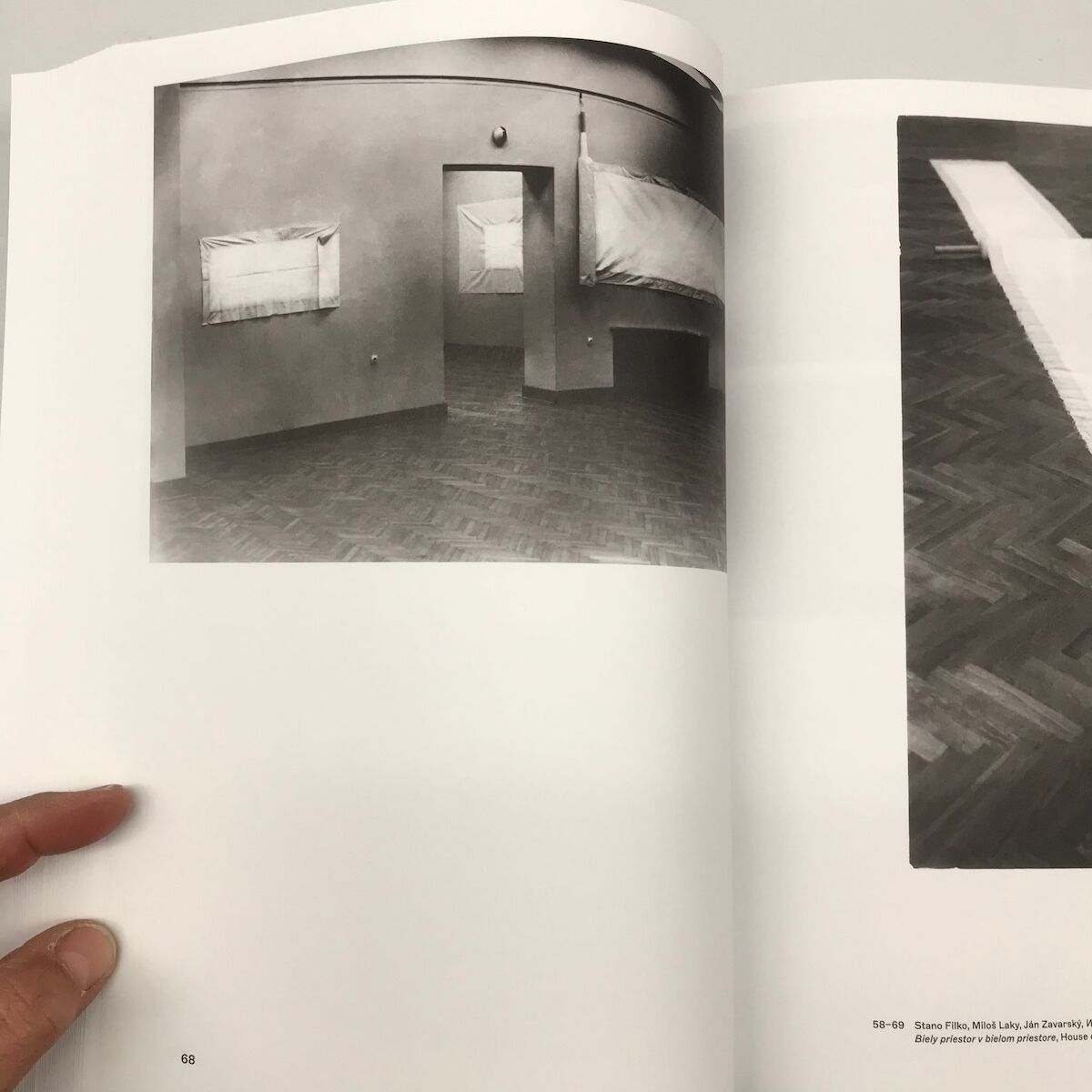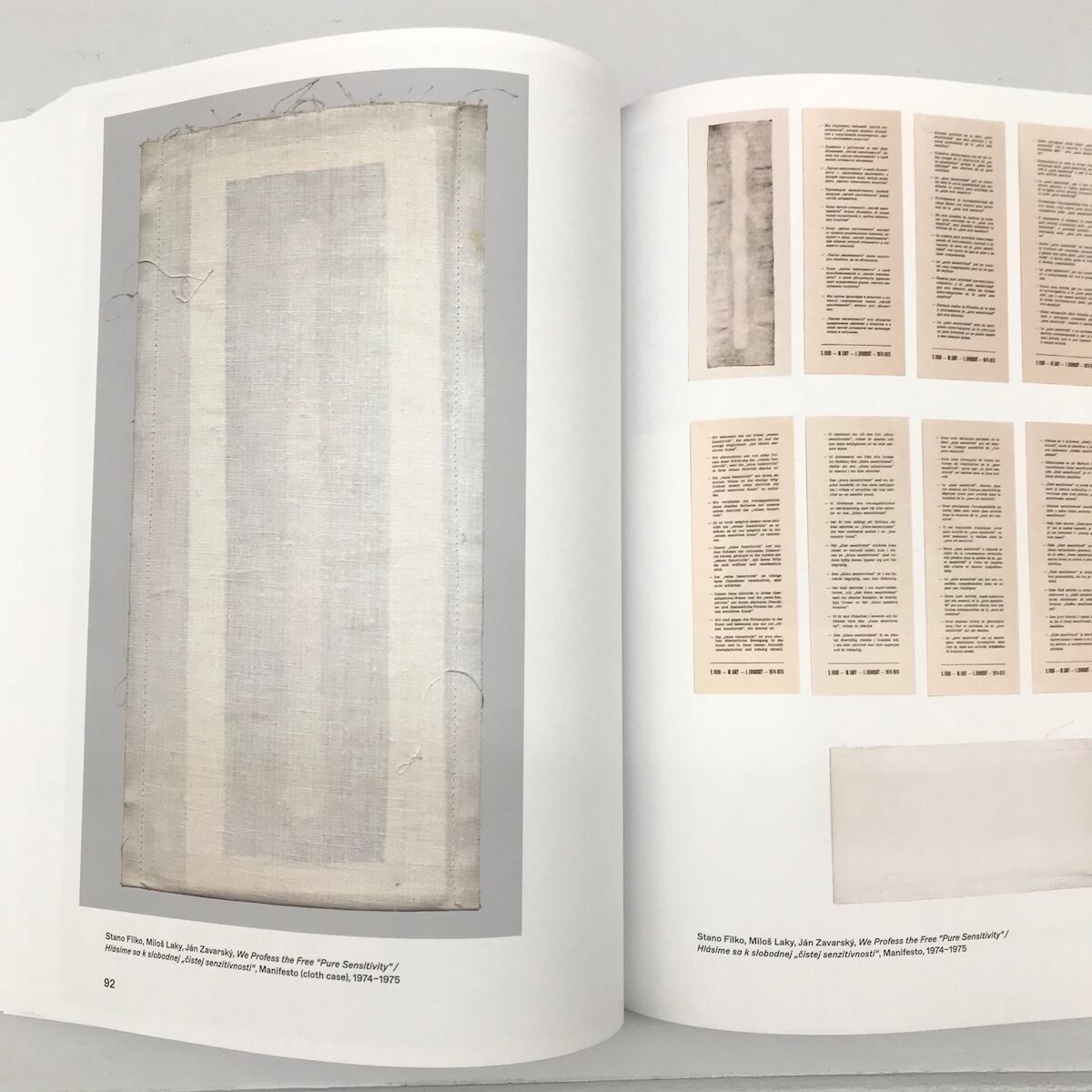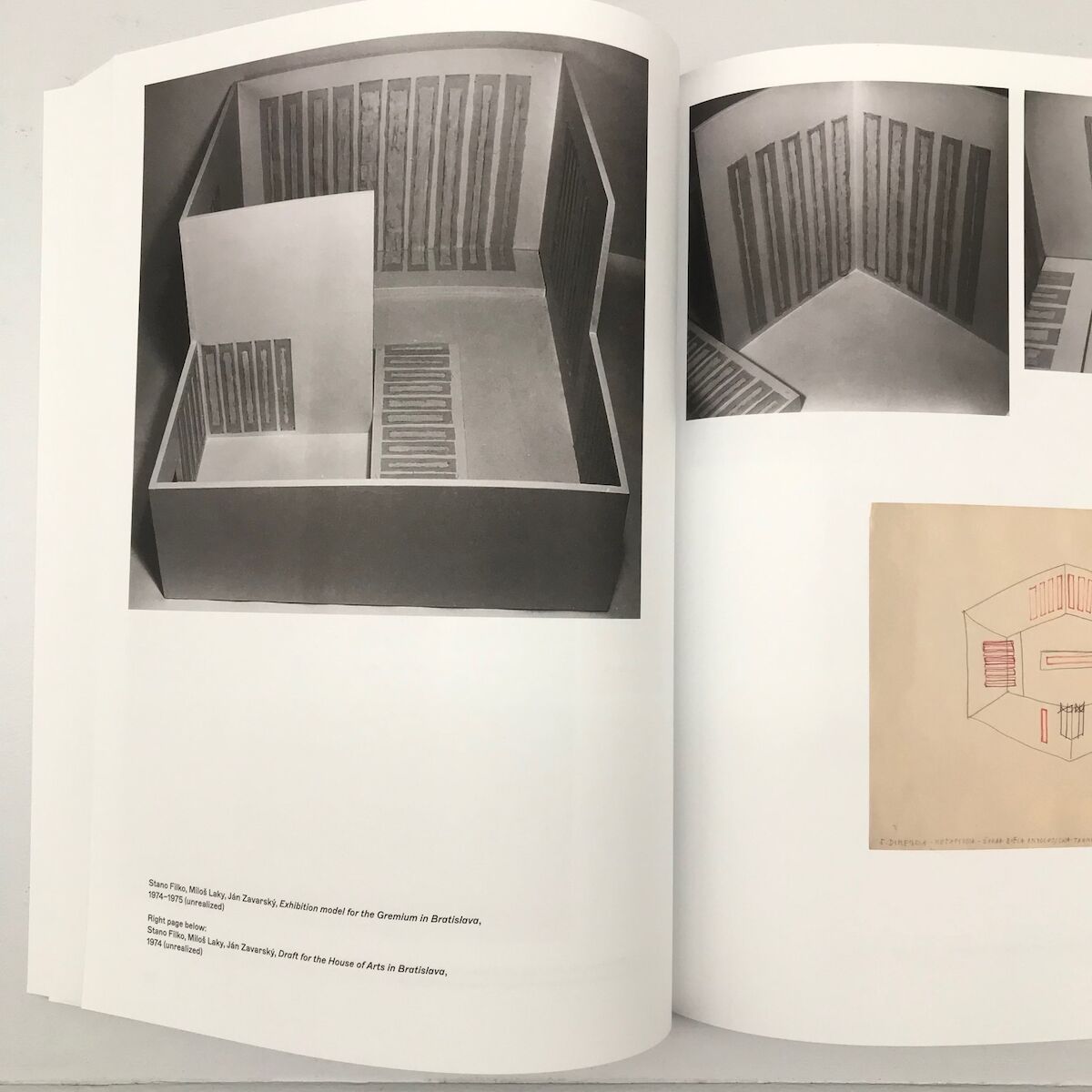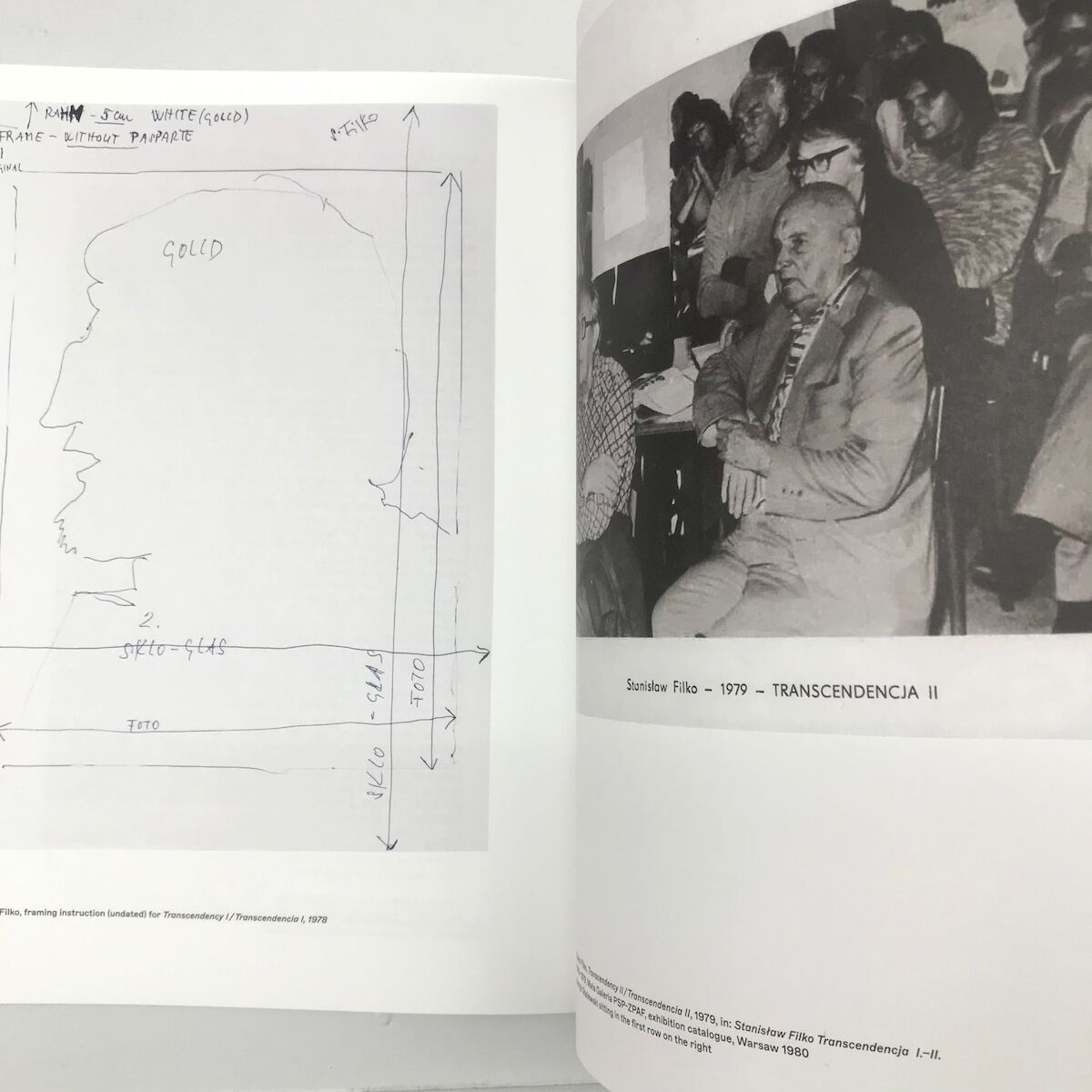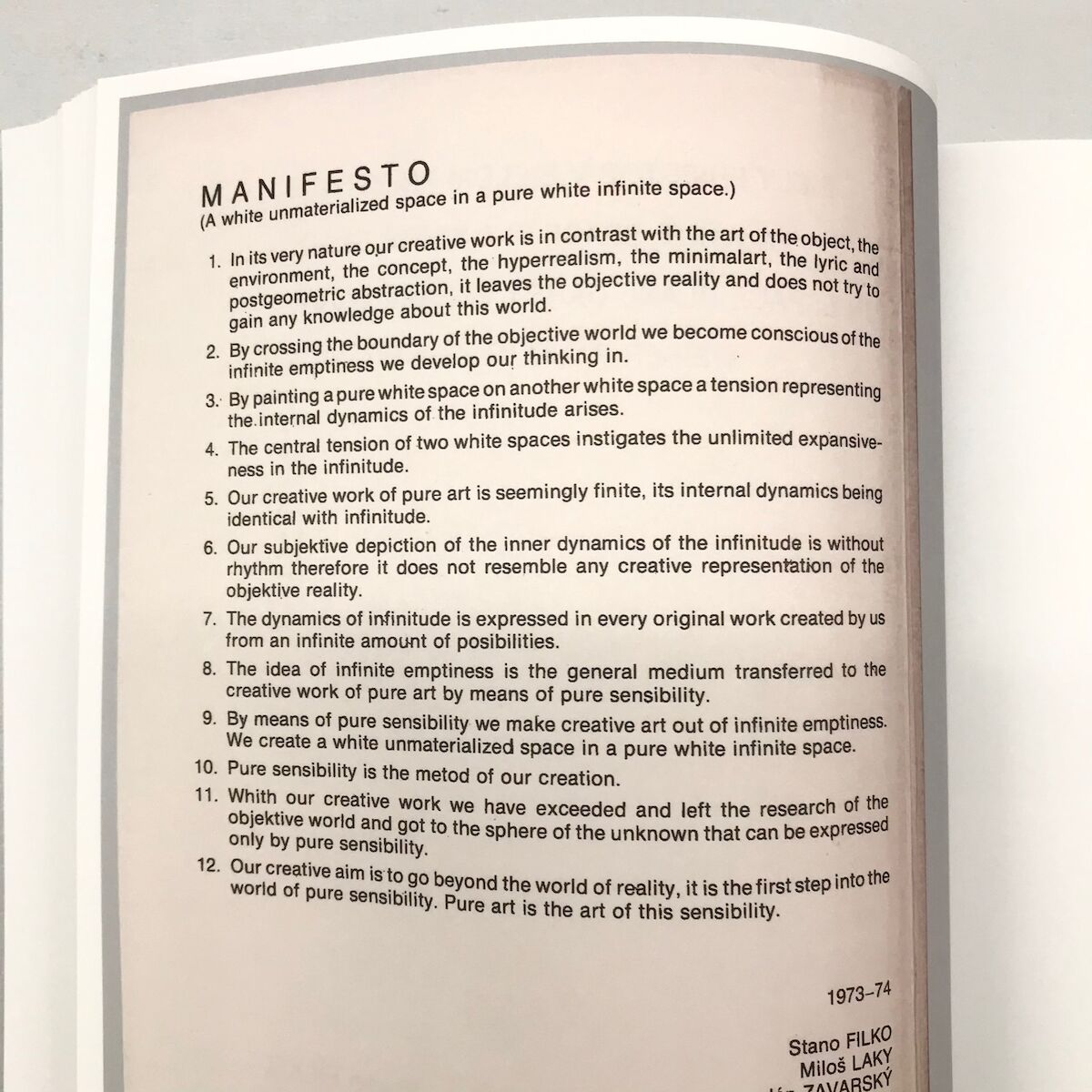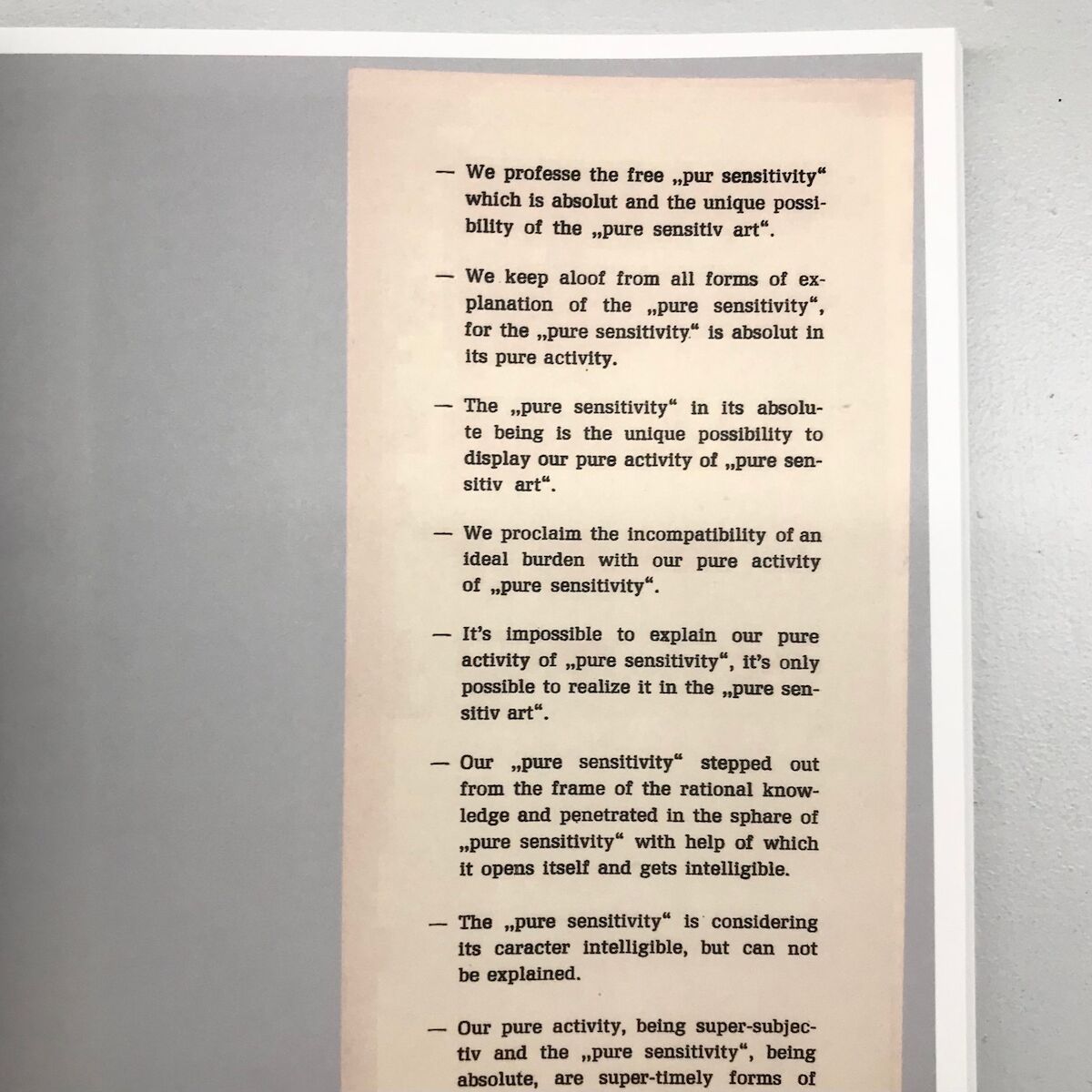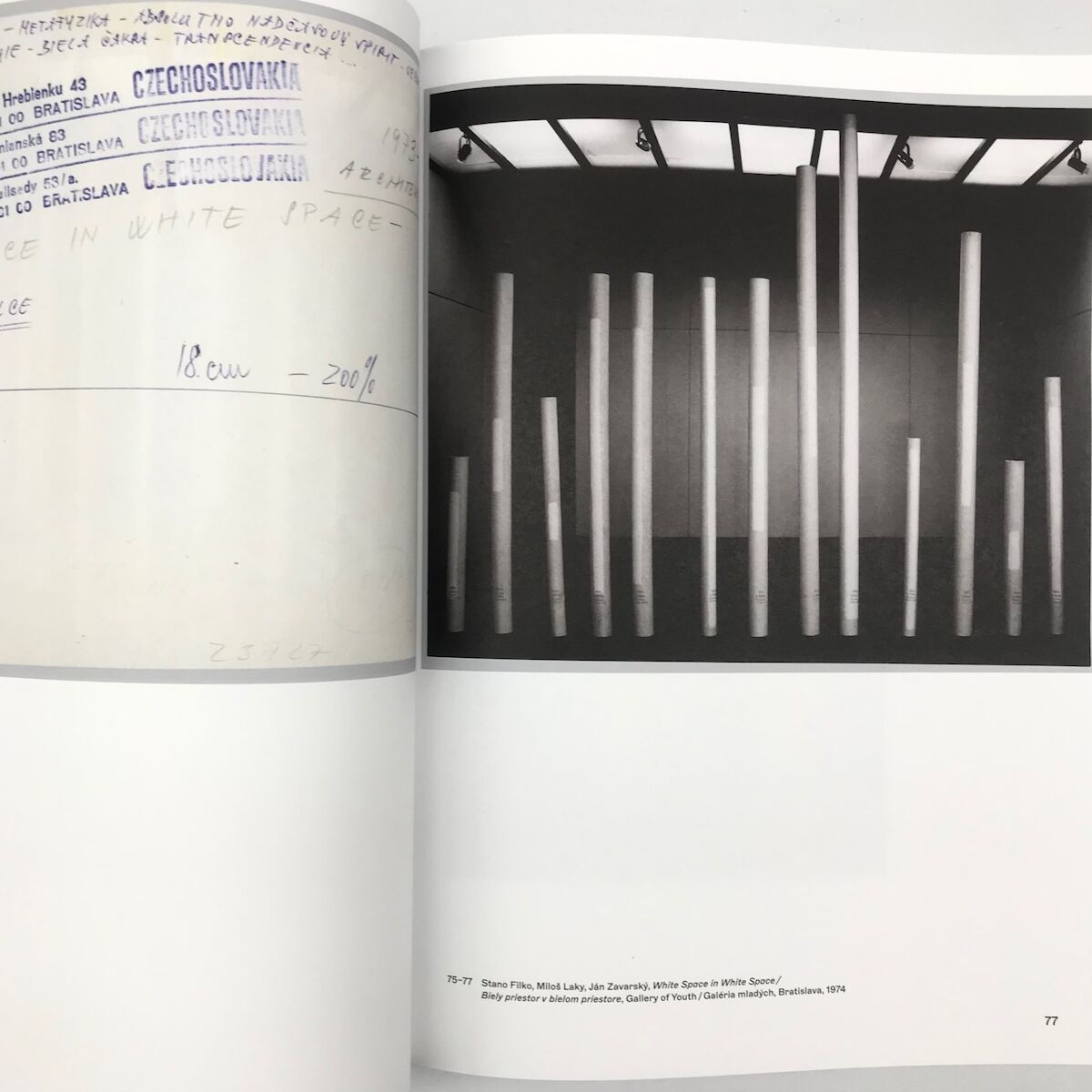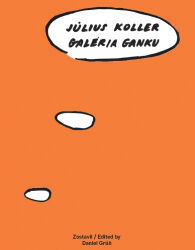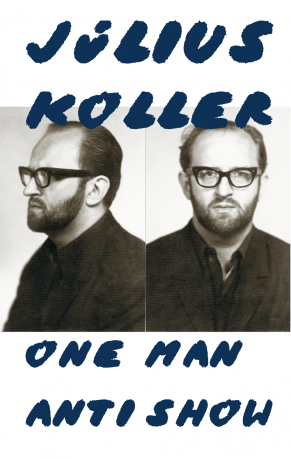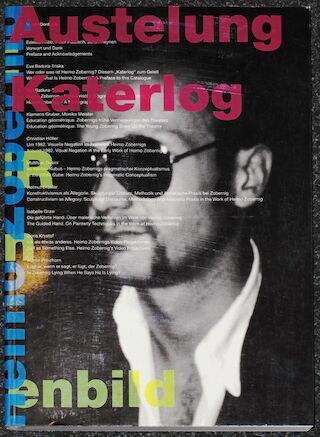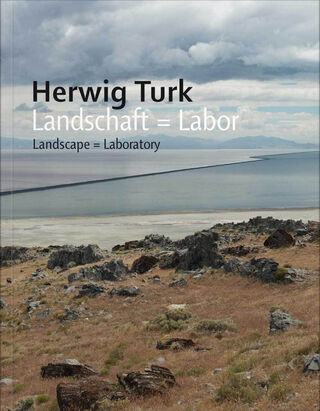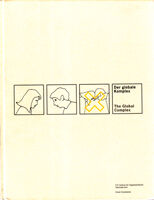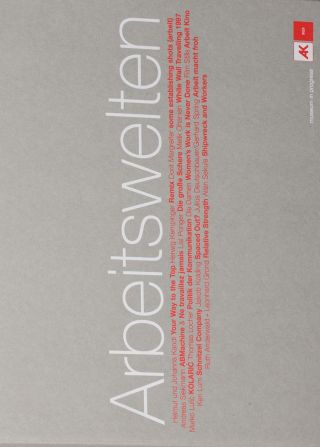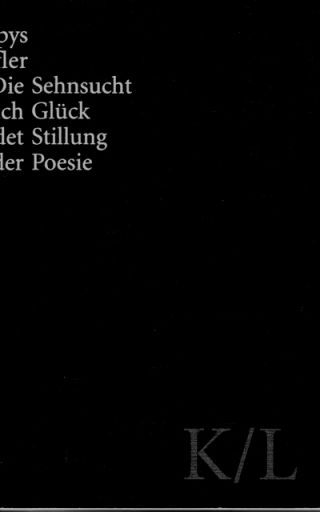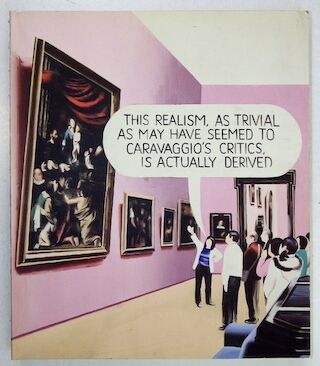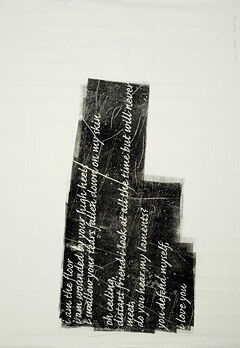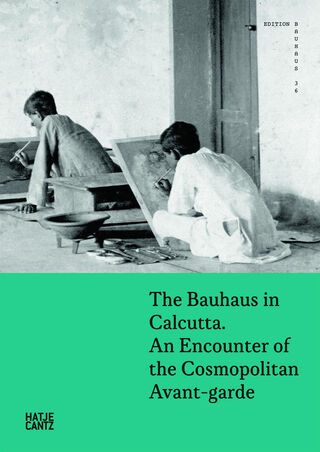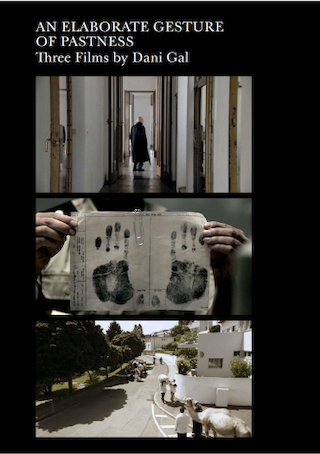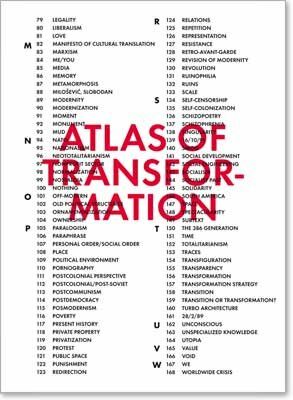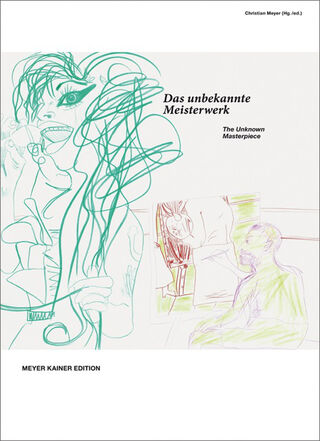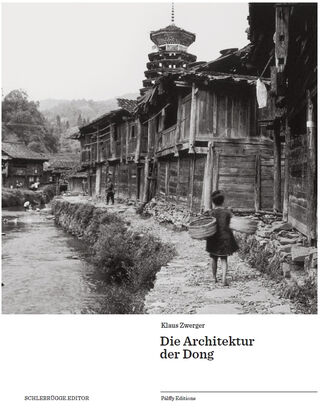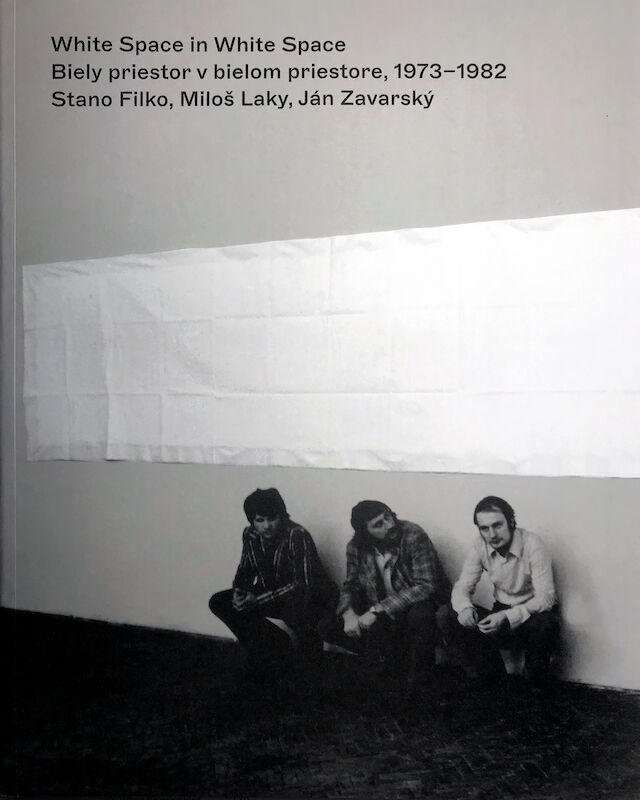
WHITE SPACE IN WHITE SPACE
The publication is the first comprehensive documentation of the project White Space in White Space, which was initiated by Stano Filko, Miloš Laky, and Ján Zavarský in 1973 and evolved over the course of almost ten year. This book examines all the international exhibitions (Brno, Budapest, Paris, Warsaw, Beograd, Kassel), the collected manifestos, and the artists’ writings as well as the project’s further transformation in the practice of Stano Filko as a solo artist.
The “white space in white space” is interpreted from various perspectives in essays, interviews, and commentaries not only to cement its place within Eastern European Conceptual Art but also to stress its legacy for contemporary art and institutional practice today. White Space in White Space, a major portion of which is now part of the Kontakt collection, is the continuation of a series of publications that document research findings in connection with key works of Eastern European Neo-Avantgarde.
Die Publikation ist die erste umfassende Dokumentation des 1973 von Stano Filko, Miloš Laky und Ján Zavarský initiierten und sich über fast ein Jahrzehnt entwickelnden Projekts White Space in White Space. Sie berücksichtigt alle internationalen Ausstellungen (Brünn, Budapest, Paris, Warschau, Belgrad, Kassel), gesammelten Manifeste sowie Schriften der Künstler wie auch die weitere Transformation des Projekts in der eigenständigen Kunstpraxis von Stano Filko. Der „weiße Raum im weißen Raum“ wird in Essays, Interviews und Kommentaren unter verschiedenen Aspekten interpretiert, nicht nur um seinen Platz innerhalb der osteuropäischen Konzeptkunst zu markieren, sondern auch um sein Vermächtnis für die zeitgenössische Kunst und die gegenwärtige institutionelle Praxis hervorzuheben.

